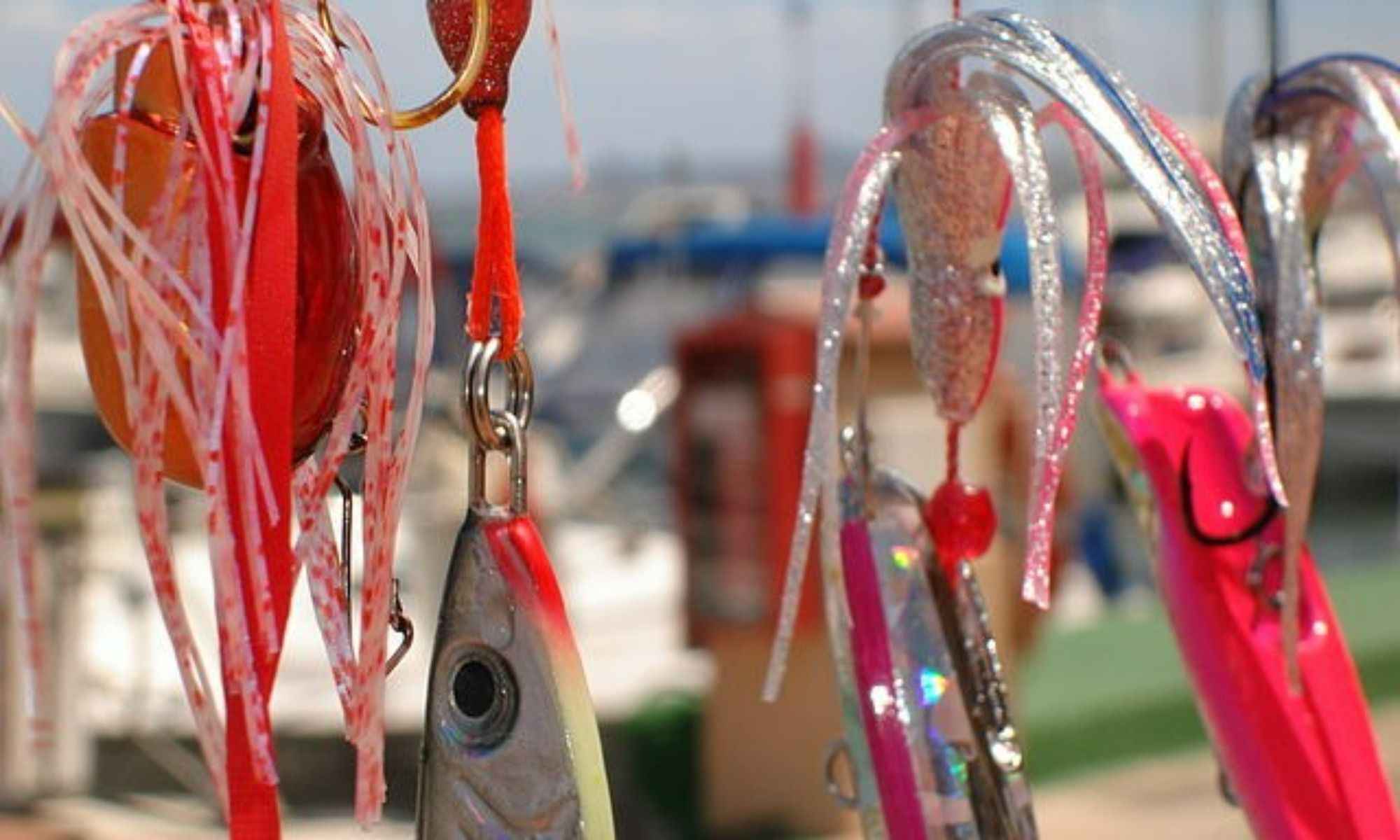5 Fishing Jigs You Should Know About
Here are five of the best fishing jigs to take note of on your next fishing trip!

The most common setup for recreational fishing consists of a rod and reel, a line, and a hook with attached bait. However, fishing lures have also been around since sportfishing came into existence. In old times, fishing lures were made of bronze or from bones of fish or other animals. Most first anglers of the past used these lures by hooking them in fishing lines and holding them by hand. The Chinese and Egyptians used fishing rods and hooks as early as 2,000 B.C.
A fishing lure is used to attract any fish or game species. It is artificial and has many types. These lures were made to draw fish's attention due to their designs and features, including prey fish-like appearance, appealing movements like spinning or vibrating, smooth tassels for other movements, vibrant colors, and flashy reflectors.
Some lures are even equipped with hooks to pierce the game’s mouth when they try to gobble on the bait. Various lures have been commercially made, but hand-made ones are also available. This also means that people can make their Do-It-Yourself fishing lures.

Fishing jigs are used with rod and reel, but some use the handlining technique where anglers hold the line directly by their hands. Anglers of all skill levels can explore many ways of handling fishing jigs, considering the water body terrain, game fish sought after, and spot to fish from. The casting or dropping of fishing jigs depends on their type.
What is Fishing Jigs

A fishing jig is a type of fishing lure. Jigs typically weighted lures with hooks molded into them. It consists of a lead head or leads sinker with a soft body to attract game species. They are usually rigged with bait r to draw a game’s attention. Unlike another fishing lure called spinnerbaits which horizontally moves in the water, fishing jigs move in a jerky, vertical motion. A fishing jig is highly versatile and effective in saltwater and freshwater fishing. This is why jigs have become very popular with anglers through the years.
Common Techniques
Because jigs have been around for a long time, integrating techniques, have already been developed and implemented. Jigging is a popular fishing technique used and devised primarily for a fishing jig.
For deep sea fishing, jigs consist of a large metallic weight that imitates the body and appearance of a baitfish. It also comes with an attached hook, usually on top of the jig. Some fishing jigs can go up to 250 to 300 meters down the water.
5 Fishing Jigs to Check Out
1. Bucktail Jig
Bucktail jigs, also casually called bucktails, are lures commonly made from hairs of a deer’s tail. One of the bucktail jig characteristics that many anglers agree with is its adaptability. It can be used from the shores, boats, piers, or bridges. This jig can emulate various prey items such as squid, shrimp, and baitfish. It also draws attention and successfully catches a wide variety of game species in many different water body types.
2. Football Jig
A football head jig is perfect for anglers who like to fish in bottom lakes. Beginners in the sportfishing world must know that it is the most popular style of fishing jigs and is used commonly. This jig is characterized by a larger head designed to stand upright to avoid the jig getting stuck on structures, rocks, logs, boulders, and any obstruction at the bottom of the lake. This large head also keeps the jig’s balance. It imitates baitfish like crayfish in deep and shallow waters. It is recommended for a relaxing day of fishing, but it can also be used for competitive fishing. Cast out the football jig, let it drop and sink, and then wait for it to settle. Once it's fixed, slowly raise and lower it in long intervals. No matter how fun they are, football jigs can be challenging to use in waters with dense vegetation.

3. Punch Jig
Punch jigs are specialized jigs that are used to cut through matted grass. They are flipping jigs that work well in underwater grass or thick cover. Punch jigs have a quick-sinking action that cuts through weed and grass stems. There are available punch jigs that have more weed guards for more deflection.
4. Bladed Swim Jig
Also called a vibrating jig, a bladed swim jig is a type of fishing jig that is almost a mix of a swim jig and a spinnerbait. These jigs have become popular with bass anglers, but it is proven effective with any game. The blade found on the bladed swim jig gives out a tight and unique vibration, earning it the moniker, vibrating jig. It vibrates differently than spinnerbaits and crankbaits. This jig has a cupped plastic swimming lip, and its head is tilted lower. It comes in a variety of colors and patterns resembling various baitfish such as shad and bluegill.
5. Bistineau Jig
Last but not least, anglers must be aware of this customized jig in Louisiana. Bistineau jig is named after the lake that it is made for. Lake Bistineau, found in Bossier and Webster Parish, takes pride in this locally made jig. Bistineau jig is characterized by a small pink head wrapped in purple, indigo, or royal blue fuzzy thread that acts as the body. Finally, this jig has vibrant chartreuse hair. It is the perfect fishing jig for crappie anglers. This jig is popularly used in the lake to catch crappie, and it consistently exhibits excellent results. While it works best in the lake, anglers may also want to try using it in other water bodies and try their luck!




